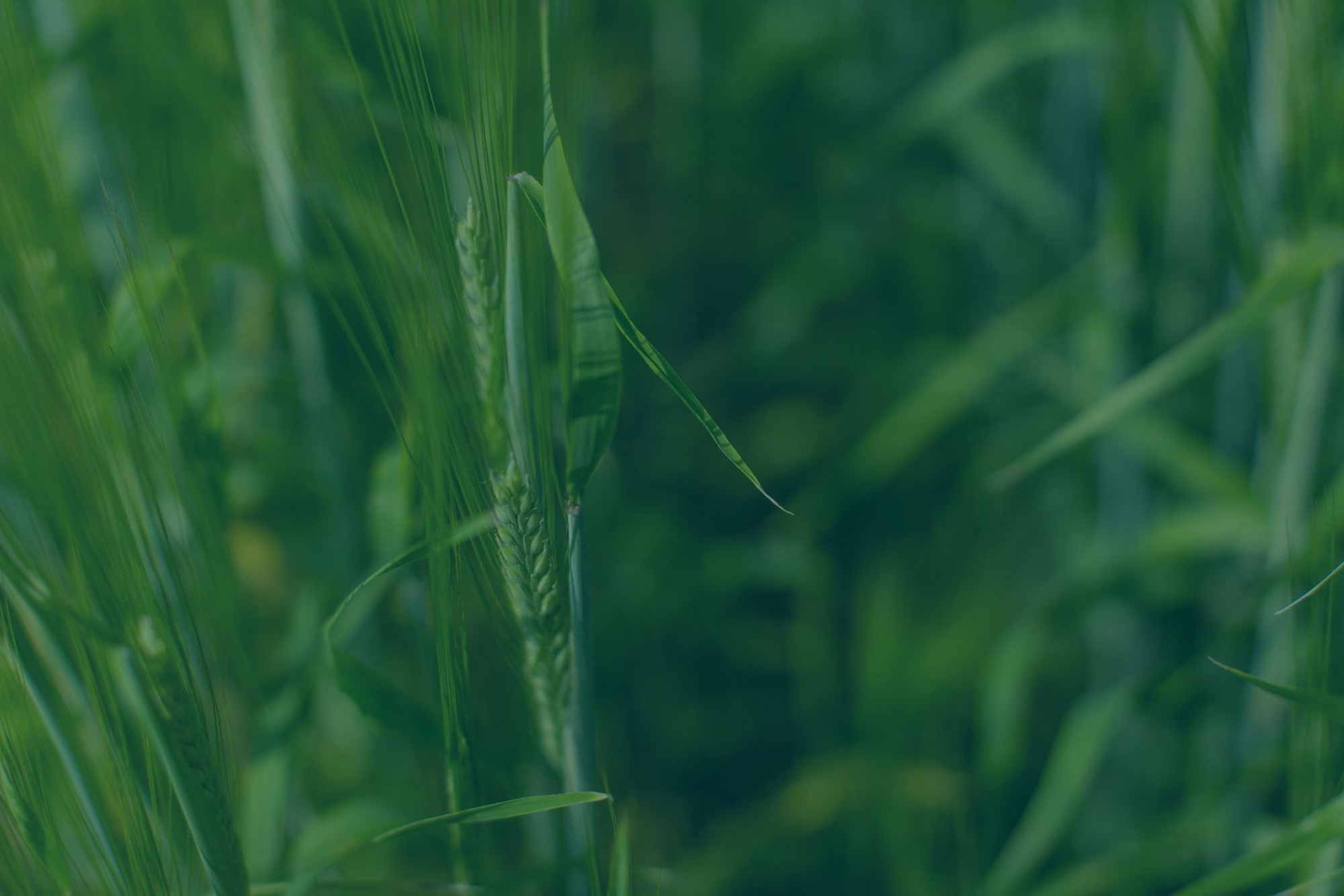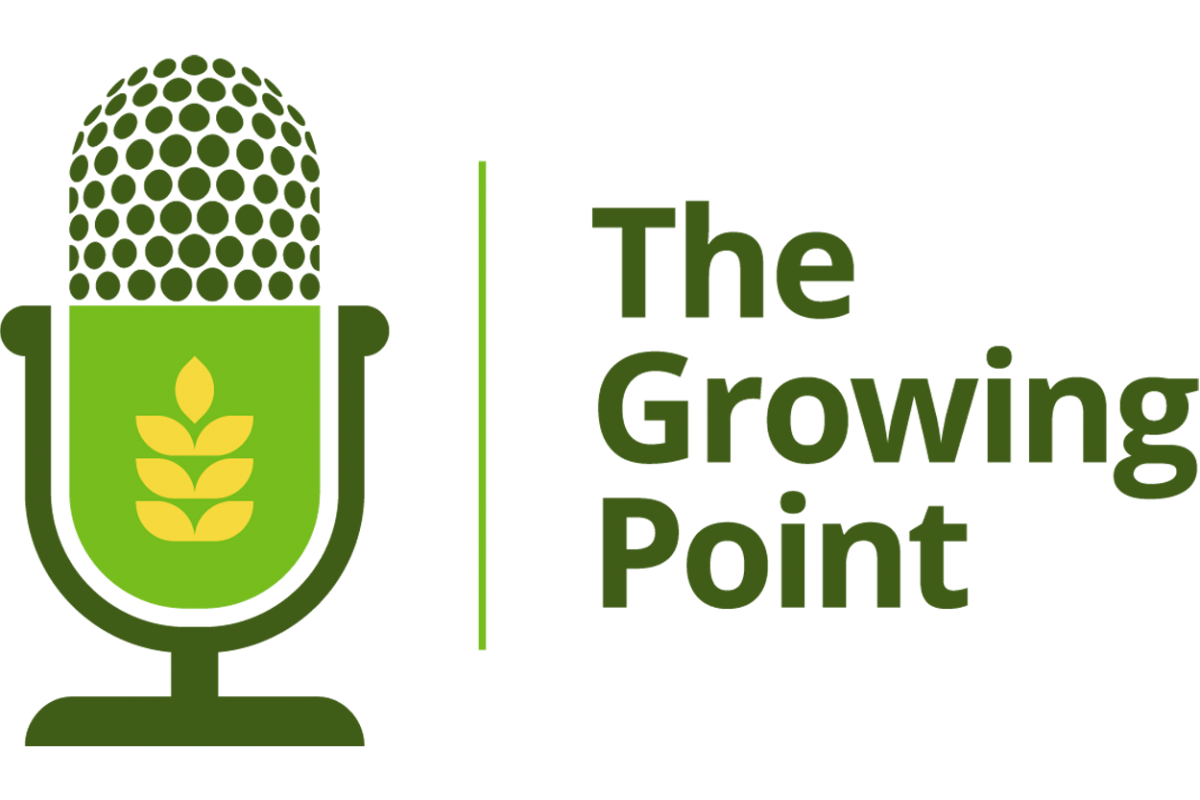Managing an unharvested crop
Posted by Alberta Agriculture and Forestry
Not every fall season presents conditions that allow for a completed harvest. More challenging harvests can leave partial or full fields unharvested until spring of the following year. This creates numerous challenges and questions around management of an unharvested crop. When approaching these challenges, each farm situation is different. For this reason, there is no one size fits all answer. However, all producers with unharvested crop need to ask themselves the same questions:
- How do I capture the greatest value from my unharvested crop?
- How can I extract that value at the lowest cost?
- How can I manage this unharvested crop while minimizing both soil health impacts and impacts to subsequent crops?
Before taking any action on your unharvested crop, contact your crop insurance provider.
It is best to ensure your management plans align with insurance recommendations. This ensures a proper assessment can be done on the crop and any potential value is captured. Also, if the land is part of any land-use or conservation programs, check with facilitators on your management plan to ensure your plans align with their guidelines regarding crop residue management.
Unharvested crop can create significant logistic issues in the spring. With a growing season that is already restrictive in some regions of the prairies, having a plan in place can reduce stress from the challenges presented.
Here’s a step by step action plan to managing an unharvested crop:
1. Assess whether the crop is worth harvesting.
The grain may have lost a grade or two but there may be more value in the crop than you initially think. Assess the potential value of the unharvested crops, which may require hand threshing the crop to acquire a representative sample. Depending on the potential value of that crop, you can then identify priority fields to manage. If there is significant damage to the crop from wildlife or it is completely flat, harvesting is likely not an option or would provide minimal value for harvesting effort.
2. Assess fields to gain an idea of what fields can be accessed and in what order.
Fields that historically dry up quicker can be managed earlier in the plan compared to fields you expect to take longer. This will help you prioritize and further map out your action plan according to field accessibility.
3. Make decisions on how you want to manage the unharvested crop.
This is the most challenging piece of the puzzle and requires multiple considerations including:
- Is the crop standing or swathed? A swathed crop may slow the drying of the field and in turn, delay accessibility.
- The economics of the management option and end value of the crop harvested.
- What crop will be seeded into that field afterwards?
- The potential for equipment damage based on field conditions.
- The potential for soil impact from rutting.
Getting the most value from the unharvested crop is important. However, if doing so impacts the quality of the field and therefore the potential of the following crop, careful consideration of these impacts needs to be taken.
Depending on your farm management and current situation, the unharvested crop can be managed in a variety of ways. Click the link below for a full list of management options along with pros and cons for consideration.
The pros and cons of various mechanical management practices to harvest or manage unharvested crops
Additional Considerations
Disease impacts from overwintering?
The majority of disease issues occur prior to winter. However, before freezing at the end of the season fungi can grow on plant material of unharvested crop and potentially lead to increased mycotoxin levels in grain. Deoxynivalenol, more commonly known as DON, is a common type of mycotoxin found in grain and has been a major concern in recent years. When harvesting the crop in the spring it would be a good idea to test the grain for mycotoxins. If the grain is being fed to livestock, testing for mycotoxins such as DON is highly recommended. Excessively moldy crop tissues may also reduce palatability.
In general, fungi have an advantage when the crop is green. In the winter, their impact is minimal. Therefore, disease concerns within the newly seeded crop would not be increased by overwintering of the unharvested crop. Disease concerns in the newly seeded crop would stem from the disease seen in-season last year.
Downgrading from overwintering?
Sooty molds caused by naturally-occurring fungi will become more prevalent on dead plant material of any kind, including unharvested crops. These molds/mildews can be a downgrading factor.
Additionally, freeze damage, rodent excreta and sprouting are also downgrading factors that can be more common in spring-seeded crops that overwinter.
How do I manage delayed seeding because of overwintered crop harvest?
Delayed seeding is a reality that comes with having to manage an unharvested crop. If possible, plan for parallel management of seeding and harvesting. However, not all farms have the capacity to do this. If seeding is delayed due to having to harvest crop in the spring, consider utilizing an early-maturing crop or a silage crop that will reach desired maturity within the shortened season. This field could then potentially be designated as a fall seeded winter crop.
Can I seed directly into and unharvested crop?
If you determine the unharvested crop will not be harvested or managed in any way, direct seeding into the crop can be done. However, keep in mind that a standing crop will create seeding challenges due to hair pinning, plugging, poor seed to soil contact, and emergence issues. These challenges may greatly impact crop uniformity, yield and quality issues for the seeded crop.
Seeding into an unharvested crop may also present significant volunteer weed issues. For more information on this view our latest article Management tools for spring volunteer weeds from an overwintered crop.
What if I want to burn my crop?
If all other management options have been exhausted, you can consider burning the crop. Sometimes, this is the only option available. However, prior to implementing this management, check with your county or municipal district as most will require permits for crop burning. If you are in a Forest Protection Area in Alberta, you will need a fire permit from the Government of Alberta. For other provinces, check with your municipal district.
Check for fire bans in the area by checking government fire ban websites (Alberta, Saskatchewan, Manitoba and BC). As always, be sure to contact your insurance provider.
Take note, burning unharvested crop will recover no value other than allowing access to the field for seeding a new crop. Burning can negatively impact soil, create air quality issues and has been known to cause traffic accidents.
Should I burn my crop to remove the crop residue?
Research has shown that burning crop residues has more negative effects than positive. Burning reduces soil organic matter, carbon and nitrogen. Additionally, it can have negative effects on soil erosion, permeability and air quality. Finally, burning disrupts the balance of micro-organisms in the soil reducing the biological activity and overall soil health.
In cases where mechanical methods to remove the crop are not possible or insufficient to handle the crop residue, burning could be used as a last resort to remove crop residues prior to seeding. Make sure to check with your crop insurance provider and with municipal authorities for permission to burn.
If you decide to burn your unharvested crop, here are a few tips:
- Do you have your fire permit? Follow the directions on the permit or as directed by your municipality.
- If you plan on burning, make sure you also have sufficient property insurance in the event that your fire gets out of control or spreads to neighbouring land.
- Monitor your burn; don’t leave your field unattended while it’s burning.
- Burn small areas at a time and avoid lighting the entire field on fire at once.
- Have a plan to deal with any emergencies shall they arise.
- Have a water truck and other equipment on hand.
- Till the outside rounds of the field to create a fire break.
- You will also have to monitor the field closely after your burn.
Consider baling the un-harvested crop, removing it from the field and later burning the bales away from your field. Burning the bales in a smaller controlled area is easier to monitor and manage than burning swaths in a field. This option will also help preserve the ground cover, residue and organic matter in the field.
This article was adapted from an article originally posted on the Alberta Agriculture and Forestry webpage.

